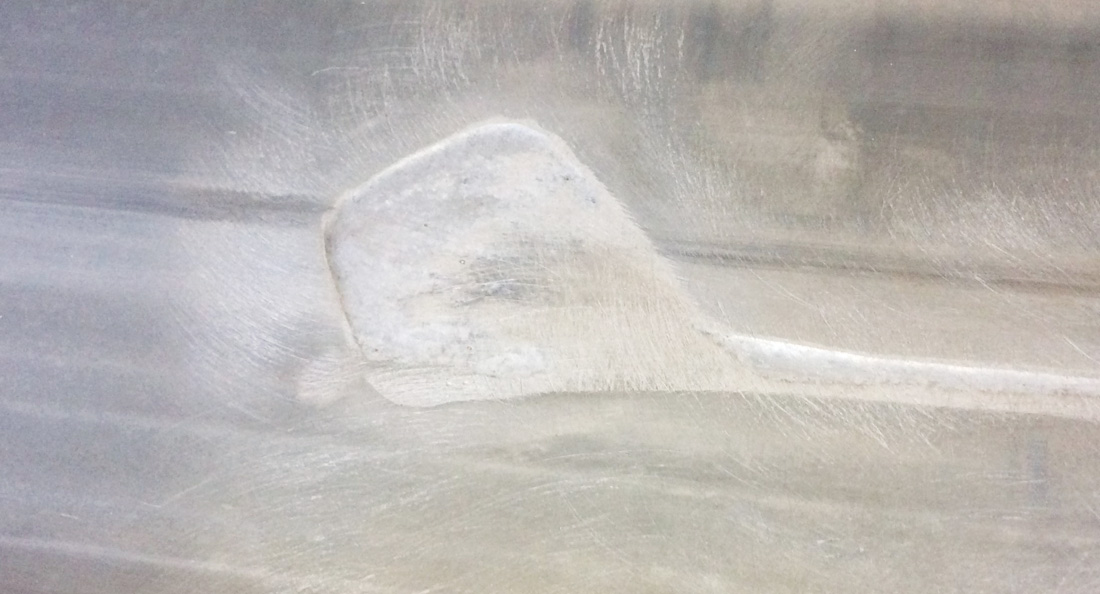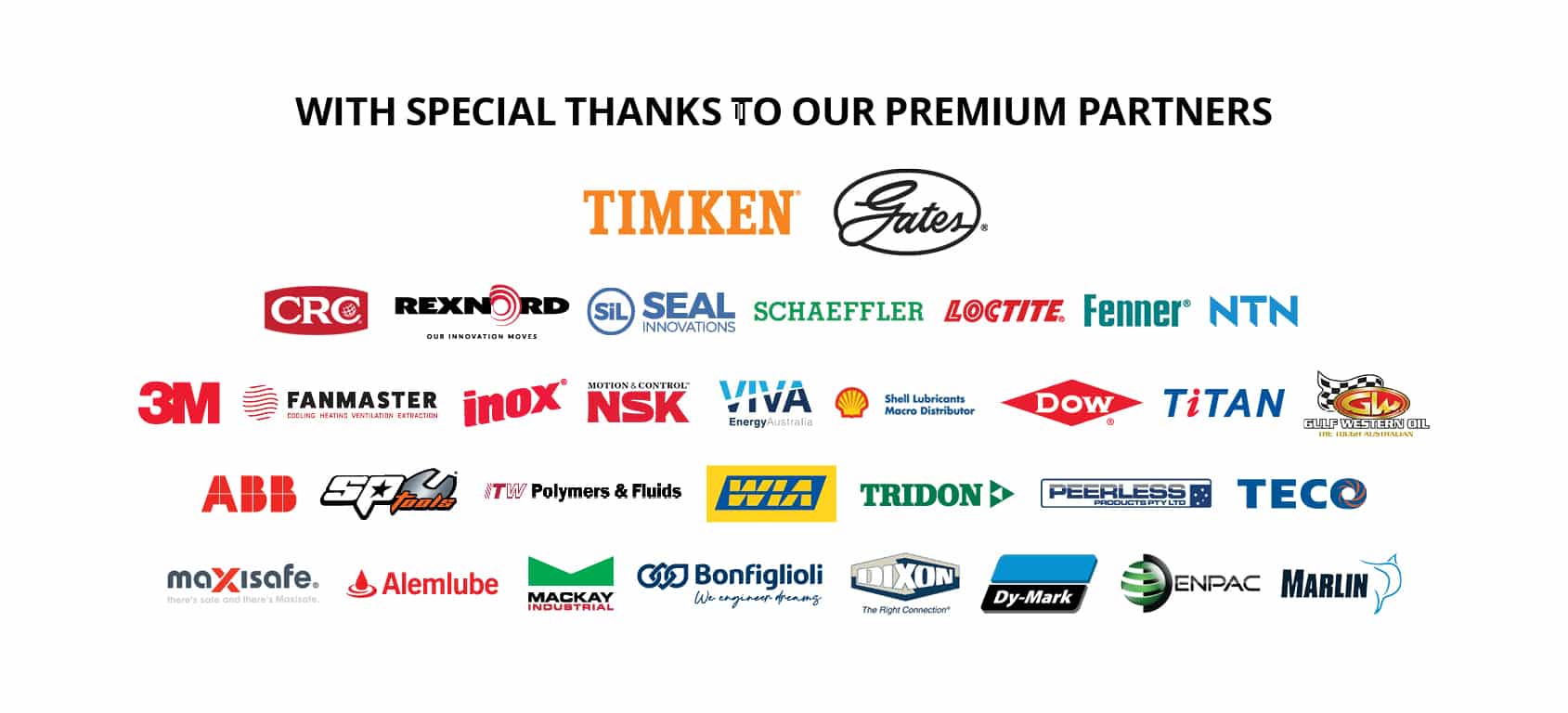
30 Oct From rip to repair in 90 minutes with Devcon® R-Flex™
“Belt repair products are often perceived as being emergency fixes; something you use to extend the belt life until you work out a more permanent solution. That’s not the case with the Devcon® R-Flex™ belt repair compound,” says Graham Astbury, Technical Manager at ITW Polymers & Fluids.
“A conveyor belt, feeding coal at a power station, had a 16-metre long split in the top cover. The belt was repaired using Devcon® R-Flex™ and the belt is still running three years later,” he adds.
The Devcon® brand, part of the ITW Polymers & Fluids portfolio of products, has over 50 years of proven success developing maintenance and repair products. In Australia, Motion Asia Pacific brands (BSC, CBC and WebsterBSC) have been supplying Devcon products to multiple industries, including mines and quarries, for over 30 years.
Devcon® recently re-launched its R-Flex™ belt repair compound in the Australian market, which according to Graham, has taken belt repair to a new level.
“The most important thing any plant looks for in a belt repair product is a quick turnaround that minimises downtime and that’s what the R-Flex™ offers. Easy to mix, high adhesion strength, great abrasion resistance and back into operation within only 90 minutes,” he says.
The flexibility of Devcon® R-Flex™ is another useful characteristic to ensure maximum belt life, Graham adds.
“When used to repair a belt subjected to tight pulley diameters, as small as 10 inches, the repair should be able to withstand flexing, otherwise it can develop cracks. Devcon® R-Flex™ has excellent flexing capability and can resist that crack propagation.”
R-Flex™ can be used to repair holes, tears, gouges, damaged top covers and can also be used to protect belt repair clips and fasteners.
Michael Rowe, Product Manager for Adhesives and Sealants at Motion Asia Pacific says neglecting belt repairs can only aggravate the issue.
“When you have a scour or hole on a conveyor belt, leaving it unrepaired causes more material to get caught up in the hole and it wears the belt surface further. That is where having an easy-to-apply product like the Devcon® R-Flex™ can help avoid costly repairs and belt replacements down the line.
“Devcon® R-Flex™ is an easy-to-mix product and the kit contains everything needed to make rapid repairs to damaged conveyor belts. Where needed, the BSC or CBC teams can also provide technical assistance with the application of the repair compound,” he adds.
As with any belt repair procedure, Michael says surface preparation is key to achieving the best result.
Steps for applying Devcon® R-Flex™:
- Make sure you clean the belts and/or the clips from any contaminants before applying the compound.
- Abrade the belt surface with a grinder 5-6 inches back from the damaged area. This will help obtain a rough surface to maximise adhesion.
- If applying the coating on a metal surface, apply the primer to all metal surfaces. After 10 minutes, the surface should be dry to the touch. Apply a second coat and let it dry.
- Apply the Devcon® Surface Conditioner to the belt. This conditioner helps R-Flex™ gain superior adhesion to the belt. Wait approximately 3 minutes for the primer to dry.
- If repairing holes, duct tape can be used to prevent R-Flex™ from leaking through.
- Mix the resin and hardener slowly for 1.5 minutes.
- Pour R-Flex™ over the surface and allow it to self-level. If needed, use the included plastic spreader to extend the coverage.
- Allow 90 minutes for R-Flex™ to set and the repair is ready.
Michael says all BSC field specialists have been directly trained by Devcon to assist with the proper application of Devcon’s products.
“Devcon product cover a wide range, not just for rubber repair, but also for metal repair and abrasion resistance. The BSC staff are available any time to help maintenance, repair and overhaul processes. Where necessary, they also work with the ITW Polymers & Fluids team to assist customers,” he concludes.

